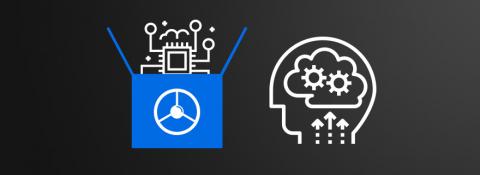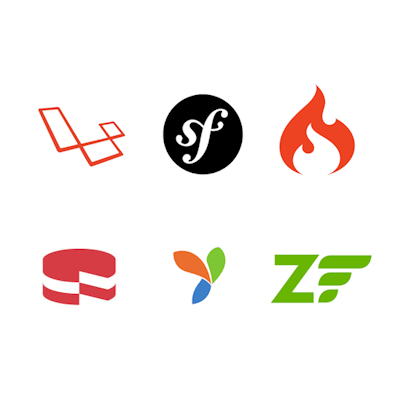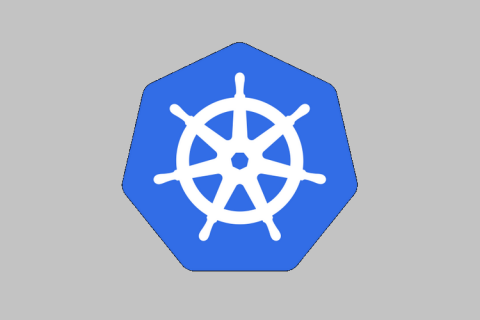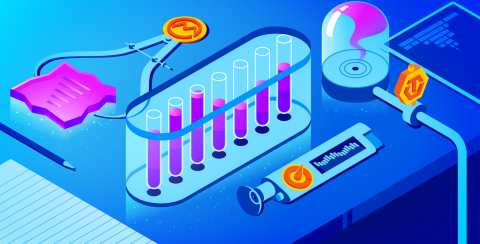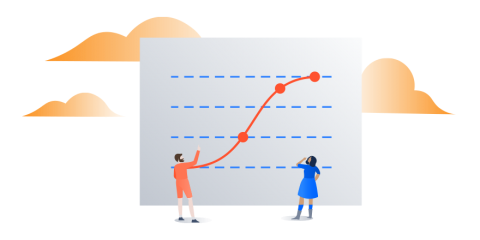Does Machine Learning in ITOps need a steering wheel?
Basically, Machine Learning by itself is dumb, whether its in cars or in ITOps. It needs context and intent to be beneficial. In IT Ops, that means that it requires business context to work properly.


